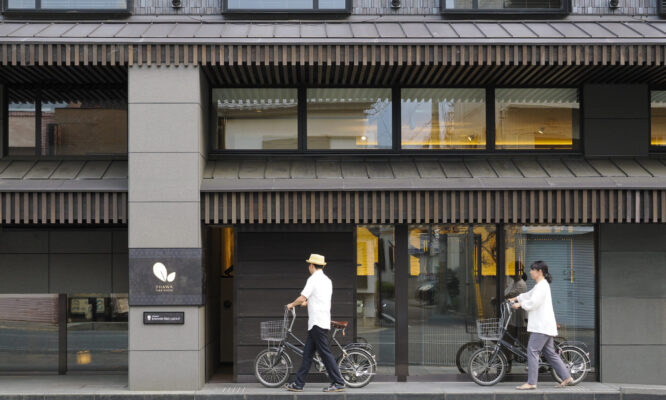Malaysian Newsprint Industries explains the value of waste paper

With a cap of the Malaysian flag perched askew on the corner of his head and a dimpled smile on his friendly face, Kitar cuts a cute figure. As the namesake and mascot of Malaysian Newsprint Industries' (MNI) recycling programme, Kitar's aesthetic appeal is expected to attract school children to the programme and subliminally convey the message to think twice before crumpling up those of his kind and throwing them in the trash.
Although the Kitar Programme has been implemented in offices as well as for charitable organisations, its most encouraging response has been from children, particularly at the lower primary level from Primary One to Four, says Catherine Chu, operations manager of MNI's recover paper division. That age group is also more effective at employing their powers of persuasion to promote parental participation. “They get their parents to help them collect recyclables and spread the message to them in the process,” she says.
The programme, which was founded in the same year MNI produced its first piece of paper in 1999, complements the company's operational mandate to produce paper entirely from recycled fibre – a challenging business model in a nation where the solid waste recycling rate hovers just above 10 percent. In its early years, the Kitar Programme, which is not limited to paper recycling, was met with a lukewarm response. “Schools were not as receptive because they had many activities,” says Chu. “So recycling was low on their list of priorities.”
However, they started coming around when they were assured that hassle would be kept to a minimum as the logistics and collection schedules could be customised in accordance with the requirements of each school. Aside from Kitar, recycling competitions proved to be the dangling carrot for children, effectively turning waste collection into an enjoyably challenging activity as the kids competed with one another in good fun to haul in the most waste from home. Since the programme took off, it has been implemented in over 50 schools throughout the country, including Sabah and Sarawak. Over the years, Chu notes that while recycling of other waste has increased, paper recycling seems to have plummeted.
This could simply mean paper consumption has gone down, says Tan Kin Chyuan, MNI's manager of technical customer service, who points out that newspapers are falling out of favour as consumers turn to the internet to get their daily dose of news. Newspapers are far from going the way of the buffalo though, and as the sole newsprint manufacturer in the country, MNI needs a steady supply of recycled paper to keep its paper mill running.
Not only is paper pulped for reuse to produce newsprint, the ink that is removed from waste paper is also incinerated, and along with biomass, used to generate steam that produces energy to power the mill. “We also supply the ash from the burnt ink to companies in the construction industry for use in brick production,” says Tan.
It's all about closing the loop, as they say in environmental parlance, which basically means ensuring that waste does not go to waste by finding another use for it. MNI is also putting this concept to practice in its new business venture: manufacturing stationery products such as notebooks, notepads, and exercise books from recycled paper. Its recycled paper has also been used as pages in workbooks and activity books by publishers such as Dewan Bahasa dan Pustaka (DBP) and by the Malaysian Book Publishers Association (MABOPA).
It is still an uphill climb though, getting consumers in the Asian market accustomed to using recycled paper, maintains Tan. “They prefer clean sheets, which require more chemicals and bleaching agents to produce,” he says, “Our paper is manufactured with minimal harm to the environment.” He adds that white paper is also not as kind on the eyes. “The whiter the paper, the more glaring the reflection from fluorescent lights,” says Tan, who points out that novels in Europe are printed on yellowish paper, making for an easier and less straining read.

Through its products, MNI aims to challenge the prevailing norm and overcome scepticism toward recycled paper. Its efforts have received a shot in the arm with a letter of support from the Ministry of Education, paving the way for the company to engage with distributors to promote recycled paper products in school. As with the Kitar Programme, children are expected to be more receptive to the products as they haven't been ingrained with preconceived notions. An added benefit is that they will be able to see the fruits of their labour for themselves.









